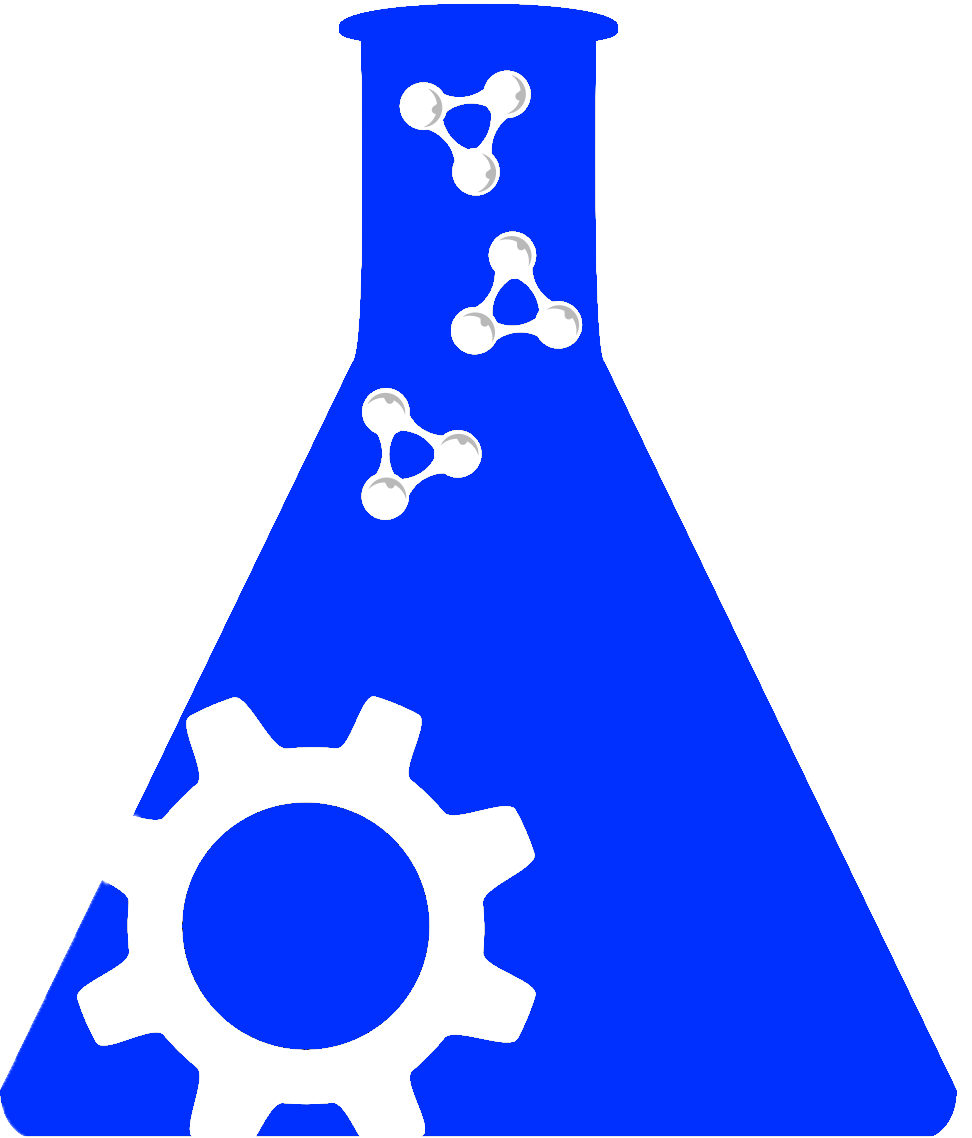Searching across hundreds of databases

Are you sure you want to leave this community? Leaving the community will revoke any permissions you have been granted in this community.
URL: http://davinci.crg.es/deafness/
Proper Citation: Connexin-deafness (RRID:SCR_006531)
Description: Database and data set of known mutations in connexins related to deafness with associated information including published work and classification scheme. Users may submit new mutations. A large number of subjects are affected by hearing impairment. In developed countries deafness has an important genetic origin and at least 60% of the cases are inherited. The pattern of inheritance can be dominant, recessive, X-linked and mitochondrial. Many genes are involved in the different types of deafness (syndromic and non-syndromic). Non-syndromic hereditary deafness is mainly (80%) due to recessive genes (or mutations). It is believed that more than one hundred genes could be involved in hearing impairment. Several of these genes have been identified recently by positional cloning or positional candidate gene approaches. Despite the fact that more than 20 loci have been described for non-syndromic autosomal recessive deafness (DFNB), a single locus, DFNB1, accounts for a high proportion of the cases, with variability depending on the population. The gene involved in this type of deafness is GJB2, which encodes the gap junction protein connexin 26(Cx26). NEW Recent data indicates that DFNB1 can also be due to a deletion of 342Kb involving GJB6, a gene that is very close to GJB2. This deletion has been reported to cause deafness both in the homozygous status and in heterozygosity with a GJB2 point mutation in trans (see big deletions affecting connexin genes...). Connexins are transmembrane proteins that form channels allowing rapid transport of ions or small molecules between cells. There are two types of connexins, alpha and beta, named GJA or GJB followed by a number. Connexins are expressed in many different tissues. Other connexin genes are also involved in deafness. These are GJB1 (Cx32), which is also responsible for X-linked Charcot-Marie-Tooth disease type I; GJB3 (Cx31), involved in both deafness or a skin disease, erythrokeratodermia variabilis, depending on the location of the mutation; GJB6 (Cx30), which has been related to a dominant type of deafness in an Italian family and NEW GJA1 (Cx43), which has recently been shown to be involved in recessive deafness.
Abbreviations: Connexin-deafness
Synonyms: The Connexins-deafness, Connexins and deafness, Connexins-deafness, Connexins-deafness homepage, Connexin-deafness homepage, Connexins and deafness Homepage
Resource Type: data repository, storage service resource, data or information resource, database, data set, service resource
Keywords: connexin, deletion, insertion, gjb1, gjb2, gjb3, gjb6, mutation, nonsyndromic deafness, polymorphism, syndromic deafness, hereditary deafness, gene, dominant, recessive, hearing, FASEB list
Expand Allhas parent organization |
We found {{ ctrl2.mentions.total_count }} mentions in open access literature.
We have not found any literature mentions for this resource.
We are searching literature mentions for this resource.
Most recent articles:
{{ mention._source.dc.creators[0].familyName }} {{ mention._source.dc.creators[0].initials }}, et al. ({{ mention._source.dc.publicationYear }}) {{ mention._source.dc.title }} {{ mention._source.dc.publishers[0].name }}, {{ mention._source.dc.publishers[0].volume }}({{ mention._source.dc.publishers[0].issue }}), {{ mention._source.dc.publishers[0].pagination }}. (PMID:{{ mention._id.replace('PMID:', '') }})
A list of researchers who have used the resource and an author search tool

A list of researchers who have used the resource and an author search tool. This is available for resources that have literature mentions.
No rating or validation information has been found for Connexin-deafness.
No alerts have been found for Connexin-deafness.
Source: SciCrunch Registry